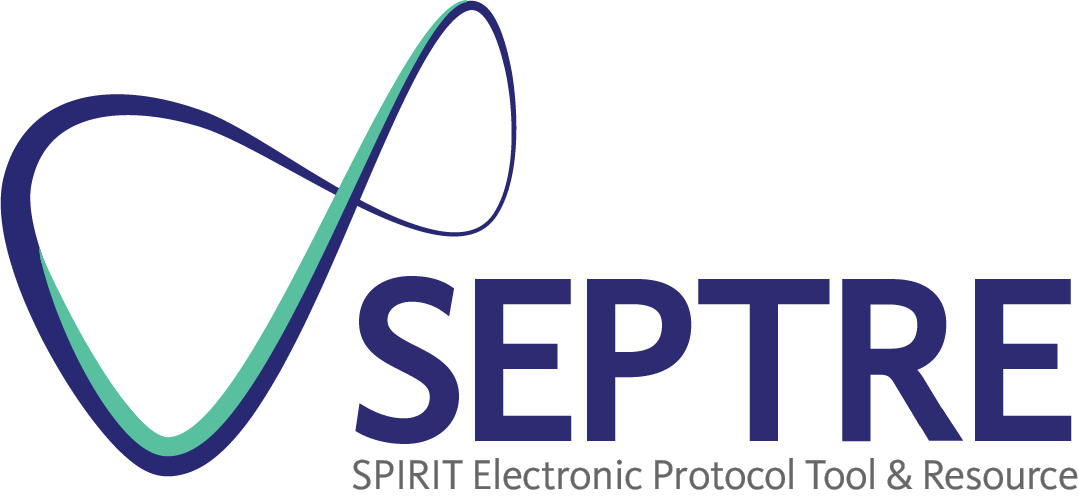Item 25: Plans for communicating important protocol modifications (e.g., changes to eligibility criteria, outcomes, analyses) to relevant parties (e.g., investigators, REC/IRBs, trial participants, trial registries, journals, regulators).
Example
“13.10 Modification of the Protocol
Any modifications to the protocol which may impact on the conduct of the study, potential benefit of the patient or may affect patient safety, including changes of study objectives, study design, patient population, sample sizes, study procedures, or significant administrative aspects will require a formal amendment to the protocol. Such amendment will be agreed upon by BCIRG [Breast Cancer International Research Group] and Aventis, and approved by the Ethics Committee/IRB [institutional review board] prior to implementation and notified to the health authorities in accordance with local regulations.
Administrative changes of the protocol are minor corrections and/or clarifications that have no effect on the way the study is to be conducted. These administrative changes will be agreed upon by BCIRG and Aventis, and will be documented in a memorandum. The Ethics Committee/IRB may be notified of administrative changes at the discretion of BCIRG.” 345
Explanation
After initial ethics approval, about half of trials have subsequent protocol amendments submitted to the REC/IRB.125;346;347 While some amendments may be unavoidable, a study of pharmaceutical industry trials found that according to the sponsors, a third of amendments could have been prevented with greater attention to key issues during protocol development.346 Substantive amendments can generate challenges to data analysis and interpretation if they occur part way through the trial (e.g., changes in eligibility criteria),348 and can introduce bias if the changes are made based on the trial data.173;176 The implementation and communication of amendments are also burdensome and potentially costly.346
Numerous studies have revealed substantive changes between prespecified methods (e.g., as stated in approved protocols, registries, or regulatory agency submissions) and those described in trial publications, including changes to primary outcomes,12;172-176 sample size calculations,6 eligibility criteria,125;133; 134 as well as methods of allocation concealment,2 blinding,3 and statistical analysis.6-8;174 These substantive modifications are rarely acknowledged in the final trial reports, providing an inaccurate impression of trial integrity.
It is important that substantive protocol amendments be reviewed by an independent party, such as the REC/IRB, and transparently described in trial reports. The notion of ‘substantive’ is variably defined by authorities, but in general refers to a protocol amendment that can affect the safety of trial participants or the scientific validity, scope, or ethical rigour of the trial.349;350 To reflect the degree of oversight for the trial and adherence to applicable regulation, the protocol should describe the process for making amendments, including who will be responsible for the decision to amend the protocol and how substantive changes will be communicated to relevant stakeholders (e.g., REC/IRBs, trial registries, regulatory agencies). Version control using protocol identifiers and dates (Item 3), as well as a list of amendments, can help to track the history of amendments and identify the most recent protocol version.
| 24: Research ethics approval | 26a: Consent or assent |

